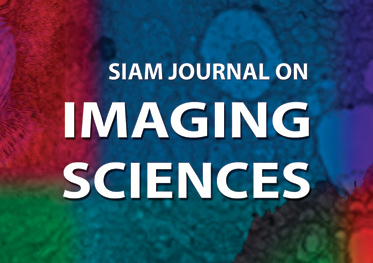- published
- 2016-12-18
- reference
- Daniel Santana-Cedrés, Luis Gómez, Miguel Alemán-Flores, Agustín Salgado, Julio Esclarín, Luis Mazorra, and Luis Álvarez, An Iterative Optimization Algorithm for Lens Distortion Correction Using Two-Parameter Models, Image Processing On Line, 6 (2016), pp. 326–364. https://doi.org/10.5201/ipol.2016.130
Communicated by Pascal Monasse
Demo edited by Agustín Salgado

This IPOL article is related to a companion publication in the SIAM
Journal on Imaging Sciences:
D. Santana-Cedrés, L. Gómez, M. Alemán-Flores, A. Salgado, J. Esclarin, L. Mazorra, and L. Alvarez.
"Invertibility and Estimation of Two-Parameter Polynomial and Division Lens Distortion Models"
SIAM Journal on Imaging Sciences 8(3):1574-1606, 2015.
http://dx.doi.org/10.1137/151006044
Abstract
We present a method for the automatic estimation of two-parameter radial distortion models, considering polynomial as well as division models. The method first detects the longest distorted lines within the image by applying the Hough transform enriched with a radial distortion parameter. From these lines, the first distortion parameter is estimated, then we initialize the second distortion parameter to zero and the two-parameter model is embedded into an iterative nonlinear optimization process to improve the estimation. This optimization aims at reducing the distance from the edge points to the lines, adjusting two distortion parameters as well as the coordinates of the center of distortion. Furthermore, this allows detecting more points belonging to the distorted lines, so that the Hough transform is iteratively repeated to extract a better set of lines until no improvement is achieved. We present some experiments on real images with significant distortion to show the ability of the proposed approach to automatically correct this type of distortion as well as a comparison between the polynomial and division models.
Download
- full text manuscript: PDF low-res. (1.9M) PDF (3.8M) [?]
- source code: TGZ
History
- Note from the editor: the manuscript of the article was modified on 2022-01-01 to include information about its editors. The original version of the manuscript is available here.
- Note from the editor: the source code was modified on 2022-05-23 to fix a "Segmentation fault" error when the center of distortion is unoptimized. The previous version of the code is available here.
 IPOL Journal · Image Processing On Line
IPOL Journal · Image Processing On Line



